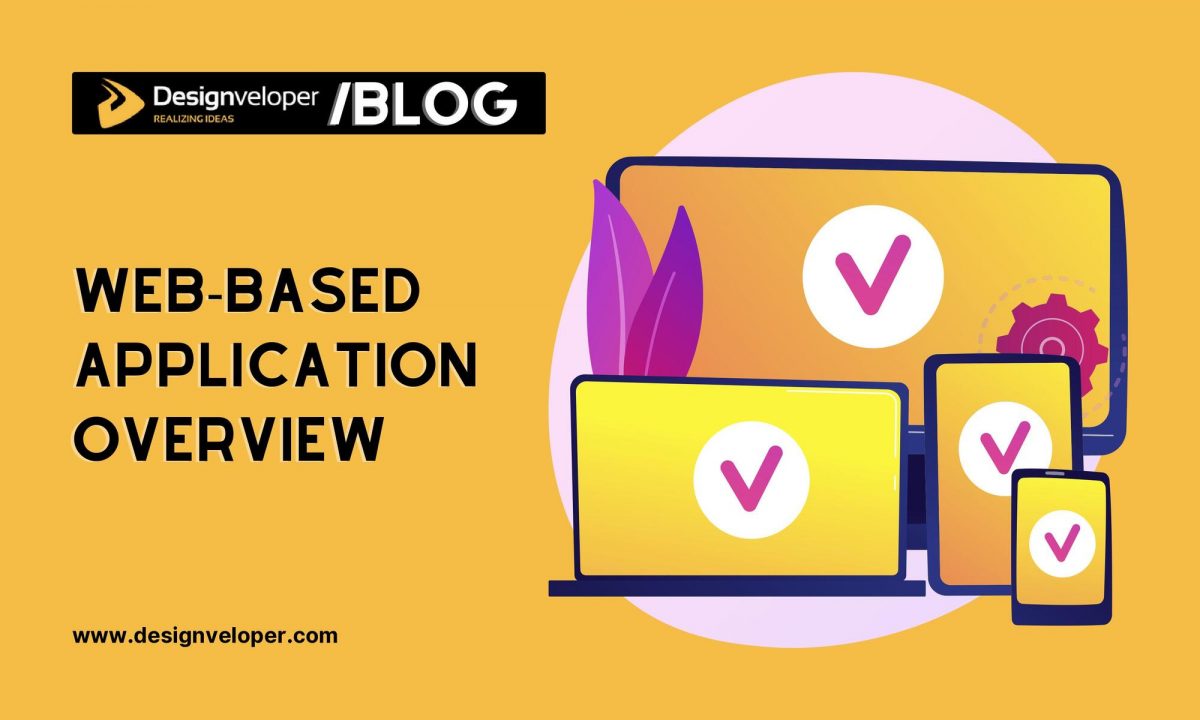This might come as a surprise to you: web apps are nothing unusual but rather ubiquitous. Gmail, WordPress, Amazon, Slack, Trello, and even Twitter are web application examples, to name but a few. Having said that, we must admit the concept of “web application” or “web app” was not rigidly defined, but seems to result from the dynamic nature of web development throughout its course of history.
What Is a Web Application?

A web application is generally viewed as a computer program that always sticks to the web browsers and helps you accomplish a number of certain tasks. It runs on a web server that responds to any requests from you as clients. This is also known as the “client-server model”.
We often use the term web app to differentiate it from the software programs that run locally on operating systems such as Windows 10, iOS, or Android, or “native apps”/“platform-specific apps”. Some web application examples will be given in the following sections.
To sharpen our understanding of web applications, let’s try contrasting them with websites and native apps.
Recommended reading: Web Application Development Tutorial: The Ultimate Guide For Beginners
Web Applications vs Websites
When it comes to cutting corners in the website construction process, it is possible to turn to HTML5 templates. Their rich selection allows choosing from various styles, layouts, pre-made demos, and niches. Even though you might not be familiar with all the secrets of code, it will not be complicated to edit their look and add content. In addition to this, you will get extra tools to enhance the site’s functionality and regular updates.
Strictly speaking, web applications are indeed websites. Both are built with HTML, CSS, JavaScript, and other web technologies. Users access them both via web browsers.
But many people want to emphasize the difference between these two terms, and it boils down to interactivity and functionality. While websites are more like collections of static HTML pages, web apps provide their users with a wide range of task-performing tools. Or in other words, visitors come to websites to get information in the form of text and images that can hardly be manipulated. Web applications, on the other hand, allow us to create, read, update and delete data (also known as CRUD).
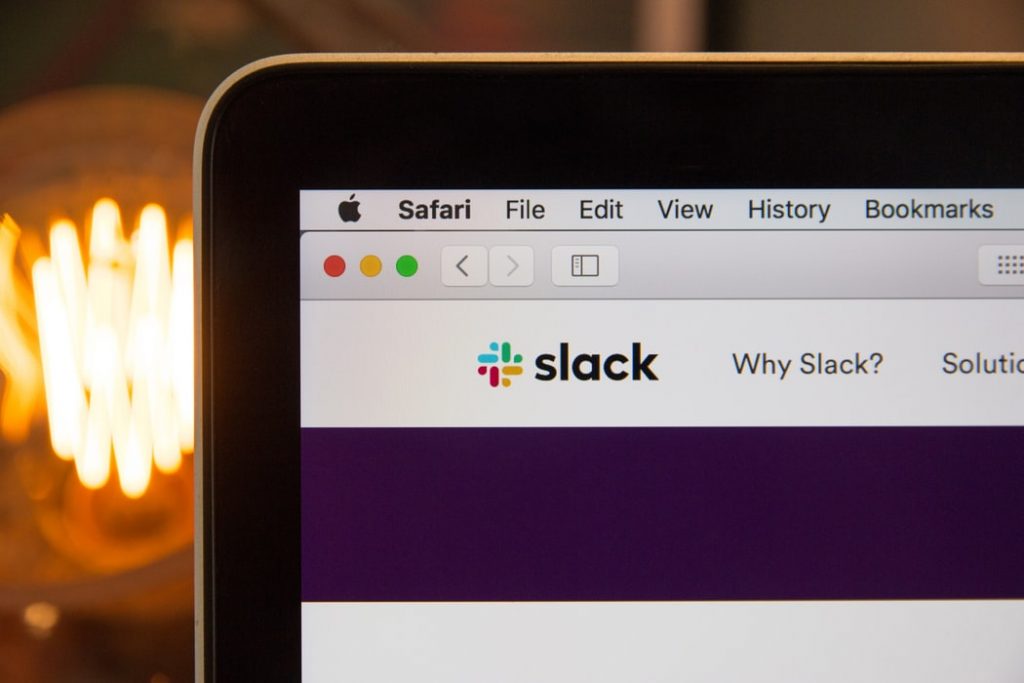
Some experts, however, question the distinguishability of static and dynamic web pages because today, even the dullest blog pages also offer us some kinds of interactions such as upvoting, comments, or subscribing. It is thus possible to say that website vs web application could be a false dichotomy. All in all, we should bear in mind that there is no fixed, uncontroversial line between websites and web apps.
Recommended reading: What Is a Web Application? What Business Must Know
Web Applications vs Desktop Apps
We can easily name some famous desktop apps or native apps for desktop computers: Adobe Photoshop, Microsoft Word, Skype, Outlook, TeamViewer, and so on. These apps differ from web apps in a variety of aspects:
1. Installation and updates:
Web apps are automatically updated. It’s pretty convenient, although you may not be able to access it when the server is under maintenance. Desktop apps, however, require some manual handling from you. At some point, you will be asked to upgrade the program. It might take several minutes, even hours, of downloading and upgrading, maybe rebooting your computer, too.

In order to use desktop apps, we need to download and install them on our computers. Web apps are much more simple to use. Just go to the website address on your browsers (Chrome, Firefox, etc) and you can use their services immediately.
Recommended reading: How Long Does It Take To Build A Web App?
2. Connectivity:
A stable internet connection is a must when you use web apps. On the contrary, desktop apps can work offline.
3. Platform dependency:
Web apps are not limited to devices or operating systems. As long as there’s a modern web browser, you can definitely use web apps. This does not apply to desktop apps.
4. Web Application Security:
Native apps run locally, and they typically interact with device-specific resources, such as cameras, local documents, and so forth. But safety and security are guaranteed. Web apps could not outweigh native apps in this regard, and thus they are often not allowed to access local resources.
Recommended reading: Mobile Web App Development: 2 Things You Must Consider First
Web apps vs mobile apps, or in other words, web-based apps vs native apps for mobile devices.
In the mobile world, web-based apps are usually inferior to native apps. Being built specifically to suit a particular operating system, be it Android or iOS, and are able to access native components, such as camera, GPS, accelerometer, or face ID/fingerprint, native apps surpass web apps in many ways:
- Speed: Native apps are faster and could handle much more complicated tasks.
- Connectivity: Even without the internet connection, native apps can still function at any time, anywhere.
- Security: Since web apps often go with browsers, their safety and security are not always ensured. Native apps, with the support of the screening process by AppStore or Google Play, are relatively more advanced in this regard.

Recommended reading: Web Application Development Cost: A Brief Outlook
It is worth mentioning the drawbacks of native apps, though. The cost of mobile app development is always higher than that of web app development. While the former often starts at $10,000, the latter is somewhere around $3000 for the basic product. Also, it takes a much more lengthy and complicated web application development process to build a native app, instead of a web app.
Outstanding Web Application Examples
Just think of the situations when you have to convert a PDF file to JPG format without Adobe Acrobat, or when you want to retouch a photo without Adobe Lightroom installed on your computer. What most people often do is open the browser, and google “convert pdf to jpg online” or “retouch photo online”. The websites that show up are indeed web application examples. Those are the online tools you use to finish a specific task. With this loose definition, we can see that the internet nowadays revolves around web apps.
In the following list, we will examine the most remarkable web application examples. We curated this list based on one salient feature: These apps are the alternative to their counterpart desktop apps.
1. Google Docs Editors
A decade ago, Microsoft Office led the way in the office’s digital support. Almost everybody was familiar with MS Word, MS PowerPoint, or MS Excel. But now the game has changed. When Google stepped in, they introduced Google Docs, Google Slides, and Google Sheets as alternatives to those provided by Microsoft. These web-based applications are part of what we call Google Docs Editors, an office suite developed by Google.
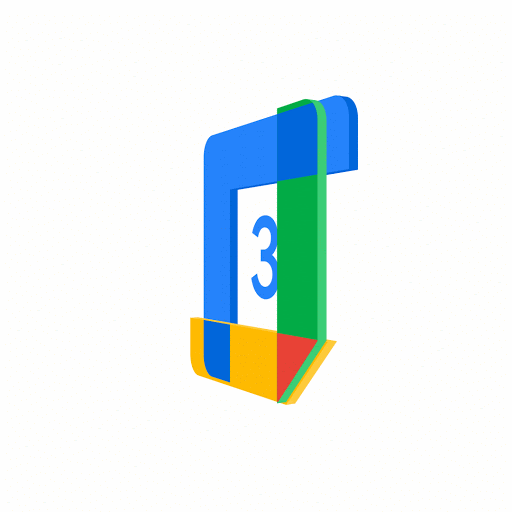
But Google’s ambition is much larger than that. Google Docs Editors is just one component of their business-centered service, Google Workspace, or G Suite. Google’s intention is to bring everything back to the web, their main playground. This is evident in that they have made several attempts to promote progressive web apps, something that we will discuss later in this article.
2. Modern web-based social media, and the death of Yahoo! Messenger
Yahoo! Messenger failed due to a lot of causes. Maybe together with the rise of smartphones, people start to use Whatsapp instead.
But Yahoo! Messenger’s prevalent battleground was once desktop computers. Back in the mid of 2000s, in order to use Yahoo! Messenger, we need to download and install it on our computer. But when Facebook and Twitter hit the scene, they made things easier by shifting to websites, and people started to use these web-based social networking apps instead.
Recommended reading: 8 Steps on How to Create a Social Media Platform
3. Canva, one of the web application examples aimed at visual creators
Despite being not as big as the above brand names, Canva’s ambition in bringing graphic design to websites is undeniable. Founded in 2012, this web application offers the online services of creating posters, presentations, and other sorts of visual content for non-experts.
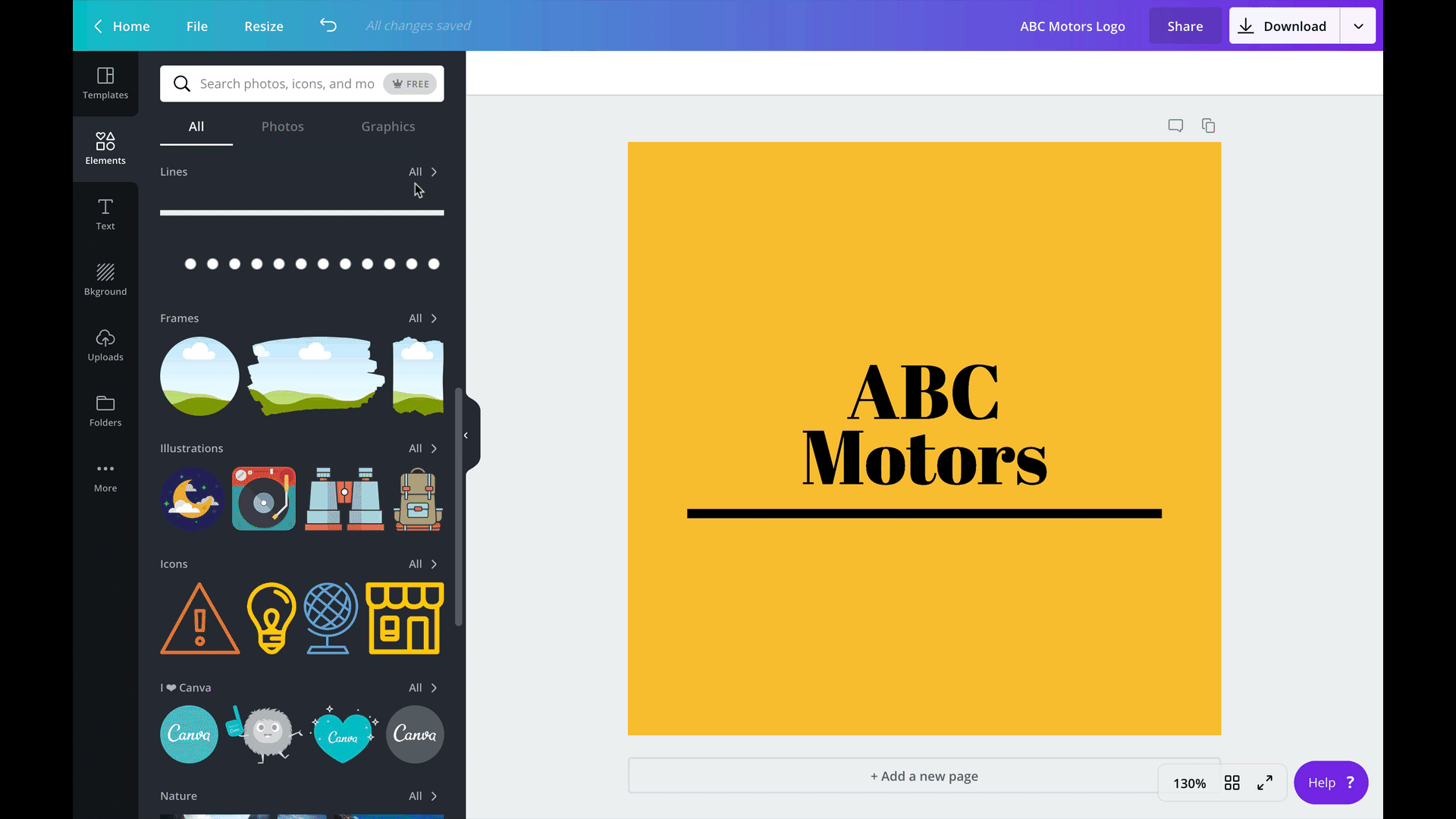
At the moment, Canva cannot surpass Adobe Creative Suite, and maybe it’s also not their business goal. Canva knows that its target audience is those who create visuals occasionally with lower expectations of the quality of their production.
But with the ever-evolving nature of web technologies, we can totally believe that someday web applications are going to be so powerful that they could facilitate the creation of tailored and sophisticated designs.
4. Netflix, the streaming giant
Netflix, a behemoth in the streaming realm, exemplifies outstanding web application examples for beginners. With its presence on various web and mobile devices, it offers a seamless streaming experience.

Microservices Architecture:
At the heart of Netflix’s success lies its architectural prowess. Operating on a microservices architecture, it functions as a network of interconnected services, powering APIs for applications and web interfaces. This dynamic structure ensures efficient, scalable, and reliable performance.
User Profiles for Personalized Content:
Netflix caters to individual preferences with its user-friendly interface. Users can create distinct profiles, such as kids and personal profiles, tailoring content to specific tastes. This feature enhances the viewing experience, making it a prime example of personalized web applications.
Revenue Milestone:
In the financial realm, Netflix has soared to remarkable heights. In 2020 alone, it raked in a staggering $25 billion in revenue. This astounding figure not only highlights its financial success but also underscores its widespread popularity.
5. X, formerly known as Twitter
X, formerly known as Twitter, stands out as a dynamic social media platform. Users have the power to control their interactions by choosing who engages with their tweets and who can reply, adding a layer of personalization to the social experience.
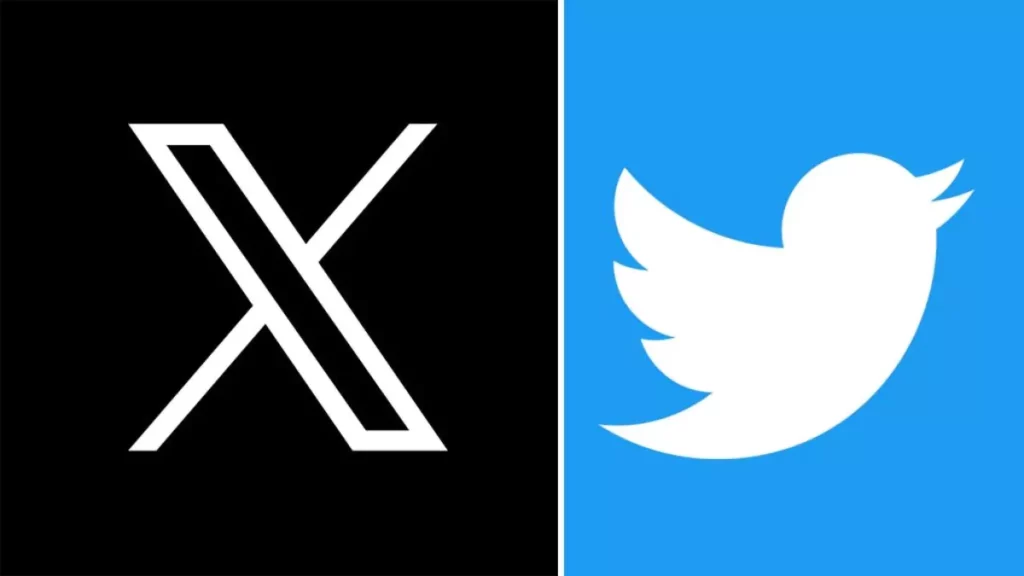
Group Creation for Enhanced User Experience:
Taking customization a step further, X introduces the option to create groups. This feature allows users to curate their feeds, reducing noise and ensuring updates from specific groups take center stage. It’s a practical solution for streamlining content and enhancing user engagement.
Revolutionizing Mobile Web with Twitter Lite:
In a pivotal move in 2017, X launched its Progressive Web App, “Twitter Lite,” becoming the default mobile web experience worldwide. Recognizing the prevalence of mobile users, especially in regions with challenging network conditions, X aimed to elevate the mobile web experience by prioritizing speed and engagement.
Focusing on Mobile Users:
With over 80% of its user base on mobile devices, X strategically positioned itself to cater to the majority. The decision to enhance the mobile web experience underlines a commitment to accessibility, acknowledging the challenges posed by slower networks in various regions.
6. Pinterest, your visual moodboard
Within the realm of web application examples, Pinterest emerges as a vibrant platform, allowing users to share cherished photos with Pinterest peers, Facebook friends, and email contacts. The essence lies in creating personalized pinboards, fostering a visually captivating and organized digital space.
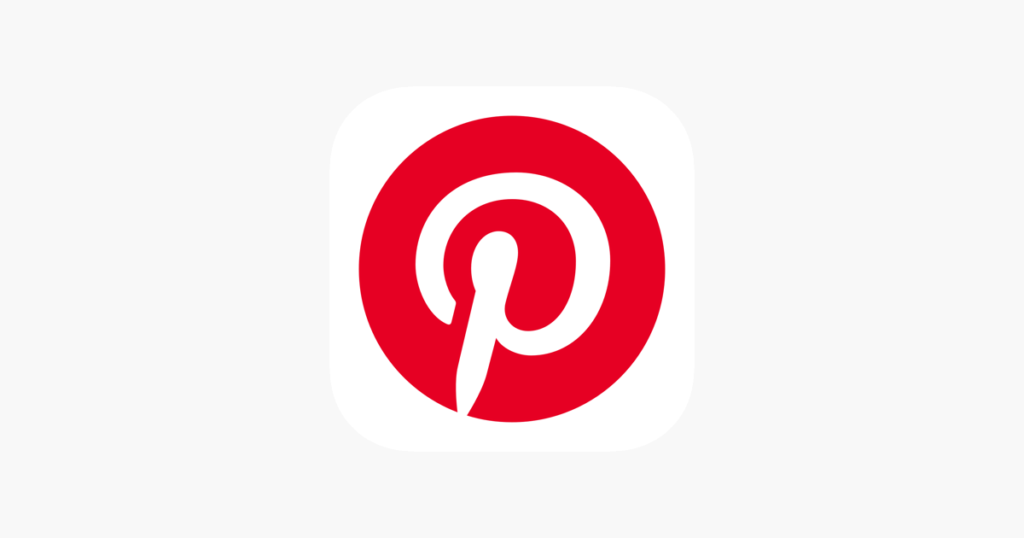
Tailoring Interests Through Pinboards:
Pinterest’s uniqueness lies in its ability to transform random online discoveries into curated pinboards. By creating folders and sub-categories, users can tailor their interests, making them not only visually appealing but also easily discoverable by others. It’s a personalized approach to digital expression.
Progressive Web App Transformation:
Recognizing the need for adaptability, Pinterest underwent a transformative shift a few years ago, converting its mobile site into a Progressive Web App. This strategic move aimed to enhance the mobile experience, ensuring users could engage seamlessly with their visual inspirations.
Navigating Challenges in User Conversion:
Before embracing the Progressive Web App, Pinterest faced challenges in converting non-app users to app users via their mobile site. The initial approach did not yield the expected results. Simultaneously, the website struggled to deliver an engaging mobile experience, prompting the shift towards a Progressive Web App.
7. Medium for what’s on your mind
Medium is a versatile platform, providing a space for individuals to express their thoughts. The embedding feature distinguishes it, allowing users to attach Tweets, Vines, and YouTube videos seamlessly.

Enhanced Blog Visibility with Tags:
For beginners navigating Medium, optimizing blog search results is key. Adding up to three tags to your Medium blog can significantly enhance its visibility. This simple yet effective strategy ensures that your thoughts reach a broader audience interested in the topics you explore.
Multimedia Integration for Dynamic Expression:
Medium goes beyond traditional blogging by enabling users to embed Tweets, Vines, and YouTube videos. This multimedia integration enhances the expressive nature of content, allowing for a dynamic and engaging reading experience. It’s a unique aspect that sets Medium apart in the realm of web applications.
Revenue Success and Platform Versatility:
Medium’s success extends beyond user features. In 2020, it achieved a revenue milestone of $48 million. This financial success mirrors the platform’s adaptability and appeal, making it an outstanding example in the diverse landscape of web applications.
8. Slack, a collaborative work tool for the modern world
As a web application example, Slack shines as a premier team collaboration tool, redefining how modern teams communicate. Its real-time messaging, archiving, and search capabilities make it an essential platform for seamless and efficient collaboration.
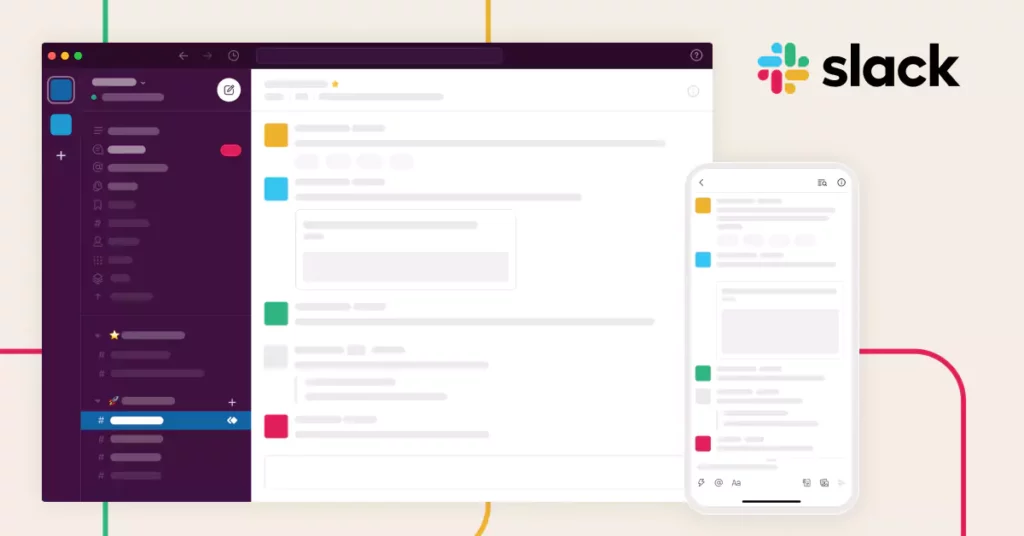
Organizing Conversations in Open Channels:
Slack offers a unique approach to communication by allowing users to organize team conversations in open channels. Whether it’s for a project, a specific topic, or a dedicated team, creating channels fosters a structured and accessible environment for team members.
Welcoming Users with Personalized Messages:
One standout feature of Slack is the ability to create, store, and send welcome messages when a user joins a channel. This personalized touch enhances the onboarding experience, setting the tone for effective collaboration and teamwork.
Navigating the Modern Work Environment:
Slack’s design caters to the demands of the modern work landscape, where real-time communication and organization are paramount. Its user-friendly interface and versatile features make it an indispensable tool for teams seeking efficient collaboration in today’s dynamic and fast-paced world.
Recommended reading: Top 7 Web Development Companies Review
Web Application Examples Developed by Designveloper
Our team at Designveloper also has worked with various web application projects, two of which are LuminPDF and CV Simply:
9. Lumin PDF
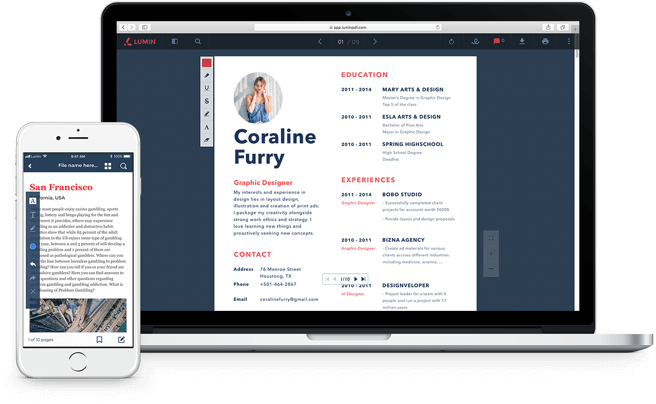
With over 22 million users worldwide, Lumin is an online service for PDF file storage and integration. This web app allows users to edit, store, synchronize, and share PDF files across devices.
10. CV Simply
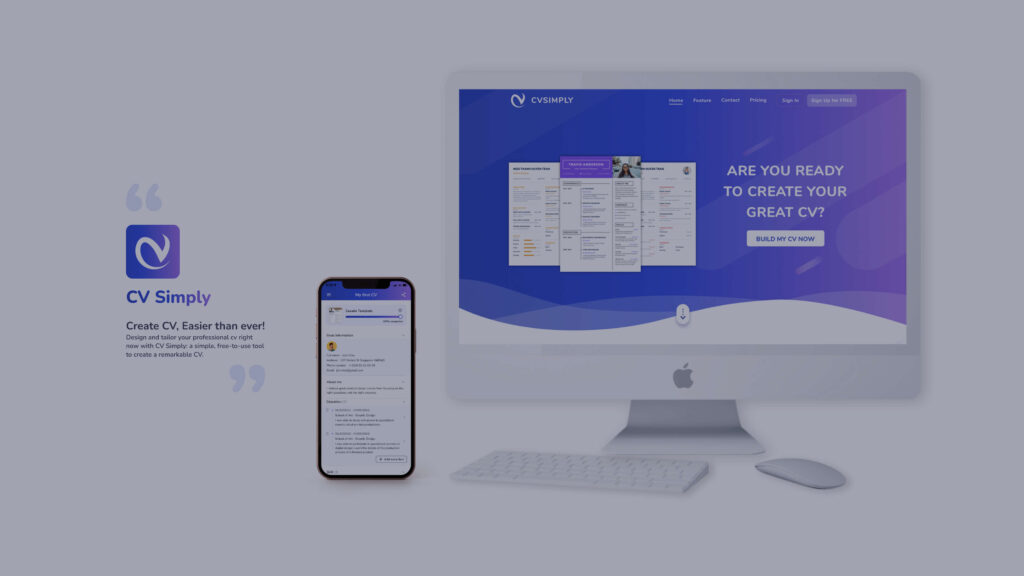
CV Simply is an online tool for editing & updating CVs. It’s also an open-source of attractive CV templates.
Those are just a few web application examples to give you a clearer picture of what web apps look like. Now, let’s talk about how they are going to evolve in the future.
Recommended reading: Choosing Web App Development Services: 5 Essential Tips
Building Your Web Application With Designveloper
Designveloper is a leading Vietnamese software development company that has extensive experience in developing web applications across a wide range of industries. In today’s digital age, web applications are a critical component of many businesses operations. Here are some web application examples that Designveloper has developed for its clients:

1. eCommerce Platforms
eCommerce platforms are web applications that allow businesses to sell their products or services online. Designveloper has developed eCommerce platforms for clients in various industries, including fashion, beauty, and electronics. These platforms provide businesses with a user-friendly interface, advanced product search and filtering options, and a secure payment gateway that ensures safe and secure transactions.
2. Healthcare Portals
Healthcare portals are web applications that allow patients to access their health information and communicate with their healthcare providers. Designveloper has developed healthcare portals for clients in the healthcare industry, providing patients with a user-friendly interface that enables them to access their medical records, book appointments, and communicate with their healthcare providers.
3. HR Management Systems
HR management systems are web applications that allow businesses to manage their employees’ information, including payroll, attendance, and performance. Designveloper has developed HR management systems for clients in various industries, providing businesses with a user-friendly interface that enables them to manage their employees’ information efficiently.
Social Media Platforms
Social media platforms are web applications that allow users to connect with each other, share content, and interact with brands. Designveloper has developed social media platforms for clients in various industries, including fashion, entertainment, and education. These platforms provide users with a seamless user experience, advanced search and filtering options, and a variety of features that enable them to interact with each other and with brands.
Contact Designveloper today to learn more about their web application development services and how they can help you improve your business’s operations.
The Future of Web Applications
Several experts in the industry, such as Stefan Mischook give us a heads-up about the not-so-bright future of mobile app development and design. The polarizing figure Patrick Shyu even says that mobile app development services are dying. This is due to the fact that businesses often have to spend a lot of money on making their product compatible with different platforms.
And because websites are so universal in that they could go across devices and operating systems, experts believe that the solution to the pitfalls of native apps on mobile devices should lie in web technologies. Chances are that some sort of hybrid framework or cross-platform non-native solutions will be the next big thing. Because that is the way you can go universal with one codebase only. And one of the viable solutions that have been put forward is progressive web apps (PWAs).
Recommended reading: How to Outsource App Development Successfully?
1. Progressive Web Apps (PWAs)
This is an attempt to bridge the gap between websites and native apps on mobile devices. Despite being built with web technologies, progressive web apps are able to outperform conventional web apps in that they could work offline and could appear on the home screen to be used just like native apps, thanks to additional components called service workers and manifest files.

While many people mistake progressive web apps for hybrid apps, they are relatively different. Hybrid apps need to be downloaded and installed inevitably; PWAs can be accessed through browsers, and their manifest file is added to the home screen pretty much like a shortcut. Hybrid apps have access to internal APIs and device-specific resources; PWAs can’t yet. Hybrid apps cannot work offline, but PWAs can. Those are a few differences between them.
In 2016, Google adapted PWA as the new development standard and also partnered with Twitter to develop Twitter Lite, a noteworthy PWA. There is definitely a reason behind this act that you can get to know more about with this post: Why Google Advocates Progressive Web Apps?.
If you want to see some excellent case studies of PWAs, check out this post: 6 Best Progressive Web Apps Examples (PWAs) over the Past Decade.














